CASE STUDY
config toolbox
An in-house built low/no-code tool to allow our customers to create their own dashboards and detail pages (and more) and eventually create outward facing pages for their own subscriber base.
CLIENT/EMPLOYER
Zuora
TIMEFRAME
February — October 2021
ROLE — PRINCIPAL UX/UI DESIGNER
UX Research, Product Thinking, Interaction Design, Visual Design, Concepting, Prototyping
Overview
ABOUT THE PROJECT
Zuora, a subscription management company, has customers that need pages within the Zuora application that we cannot take the time to manually create. Instead of bespoke layouts for every customer that asked for them, we decided it would be worth the time to explore and iterate on a way for them to make layouts themselves.
TEAM
1 Designer & 2 Engineers
THE PROBLEM
Customers were asking for a wide range of things from being able to add new sections to pages that already existed to creating their own outward facing applications for their own customers to manage their subscription.

The challenge
Test bed a homegrown no-code solution and allow users to edit existing Zuora UI in order to add, modify, or remove information they needed.
Custom is as custom does
The product we decided would be the best bet for this endeavor was a small little slice of Zuora called Custom Objects.
As the name implies, it is part of the Zuora product that allows customers to create customizable data objects that can be mapped to our internal data structure. As you can imagine this allows for some incredible flexibility.
Build it and they will come
Having picked Custom Objects as our guinea pig, we got to work on a simplified visual editor which, according to our user interview synthesis, would include the ability to:
Turn on and off fields
Modify available fields
Add new content
Manage user access to destructive controls
Set a specific field to link to a given detail page
Manage visibility of certain content
Over the intervening weeks and months we iterated from a more complex inline page editor to a simplified left-panel toggle-based tool.
During validation interviews, customers found the tool to be easy-to-use and helpful with their needs, though it was also apparent that many users wanted to be able to create richer layouts. Many asked if they could edit other Zuora pages with this tool which further validated our business and use cases.
With that feedback in our back pocket we made a rich screen editor as the priority for version 2 in the upcoming quarter.
Outcomes & learnings
The MVP of the Config Toolbox was validated vociferously by our users. They immediately found value in the tool and were eager for more.
Due to the potential and fierce vocal validation, my PM and I were able to advocate for all other products to pursue redesign efforts in order to get the rest of the product on a proper modern front-end framework as the tool would only work with react-based pages.
This project gave our team firepower to advocate for the implementation of a design system
Discussions were started in the quarterly to spin up new teams to start redesign efforts
The old server-side rendering tooling was abandoned helping the entire company modernize
OUR SUCCESSES
